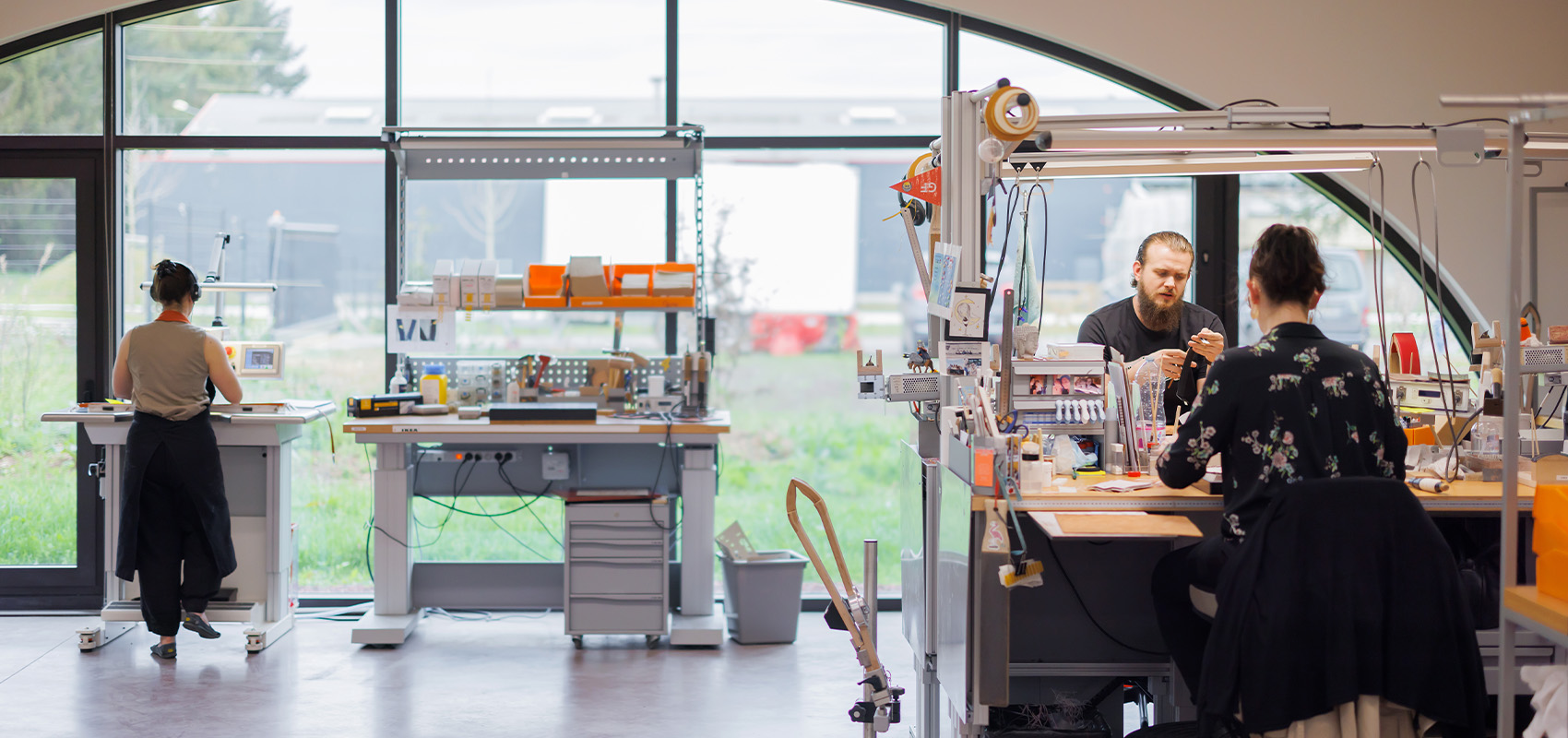Hermès adds to its leather empire via an environmentally conscious factory in Normandy, France.
Despite growing environmental concerns surrounding leather production, the storied leather house Hermès is experiencing exponential growth. The house is therefore upping its leather production via a new Normandy factory, where it will nurture artisanal practices against the backdrop of a sustainably run workshop.
The Maroquinerie de Louviers will be primarily designated to meet increased demand for the house’s emblematic Kelly bag. Colloquially referred to as the Birkin’s older sister, the Kelly was conceived by Hermès CEO Robert Dumas a century ago, in 1923. Known back then as the “Sac à Dépêches,” it was renamed the Kelly in 1979, following its popularity with film star and Princess of Monaco, Grace Kelly — who used it to shield her pregnancy bump from prying paparazzi, and in line with the house’s penchant for naming bags after the era’s “it girl.”
The opening of the Normandy workshop is merely an aspect of the brand’s broader expansion, which comes amid increased sales in China and in line with “Quiet luxury” earning a place at the forefront of the zeitgeist — a trend associated with the Logans’ understated wares on HBO’s Succession, and a revival of the “old money aesthetic” on TikTok.
Although leather practices are critiqued for their environmental impact, Hermès has ensured that the factory itself is energy efficient; the building’s positioning maximizes natural light and ventilation, reducing the need for artificial lighting, heating, and air conditioning, while the power it does require will be geothermal or supplied by solar panels. The E4C2 label building was conjured up by French Lebanese architect Lina Ghotmeh, who works the site and environment of a building into each edifice — an increasingly popular practice known as “green architecture.”
Meanwhile, Belgian landscape architect Erik Dhont was entrusted with the building’s gardens, for which he utilized the soil excavated from the site to create a 7-acre garden, retaining the vast majority of the site’s trees. According to the Hermès press release, the gardens were “designed to preserve local biodiversity” and are therefore “equipped with a system for recovering and directing rainwater into the water table.”
Alongside the Kelly bag, the workshop will produce the brand’s smaller Constance bag and horse saddles, making it the first saddle-making factory outside Paris. A pre-building excavation turned up flint tools, suggesting that the building’s site was used for leather work as far back as the Paleolithic period, a kismet nod to Hermès’ penchant for the preservation of historic craftsmanship.
Photos courtesy of Unsplash and Hermès.





